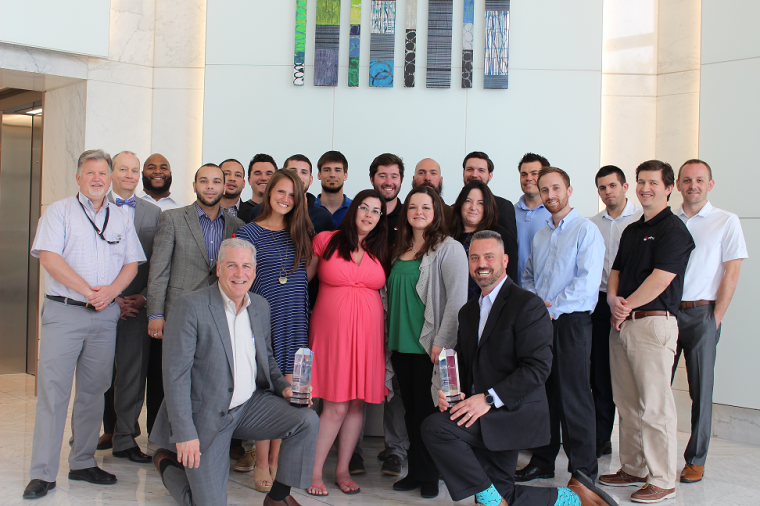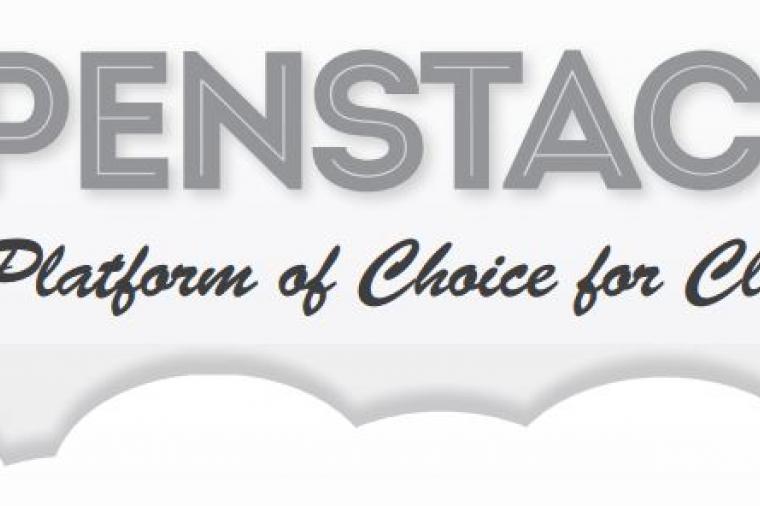
Open source application development and delivery tools provide compelling value for developers and often fill holes that commercial tools, with their relatively fixed function set, can’t fill. But a new report from Forrester, suggests that open source tools can’t do it all.
After surveying 150 U.S. application development and IT professionals, Forrester found that open source tools play an important role in the software delivery pipeline, they aren’t a silver bullet.
The Gaps in Open Source
One of the big concerns voiced by those surveyed are open source security vulnerabilities. 63% of respondents ranked it as the most important capability for open source software tools. Yet, vulnerabilities, many of which don’t get fixed in a timely manner, continue to be rife. The report states that an average of 50 security vulnerabilities are found in open source components each day.
Another pitfall is that the required customization can drive up TCO. Time and money are needed to make the many different tools in the application delivery pipeline work together. In open source, the onus is on the tool owner to make sure it’s customized and integrated.
Lastly, many open source tools aren’t designed for scalability. Forrester finds that most tools are designed to support intra-team collaboration or individual developer productivity, but as projects and teams grow, only 30% of tools are used to enable collaboration across multiple development teams.
How Can You Close These Gaps?
Commercial support offerings (and I’ll include a shameless plug here for CloudBees – the hub of enterprise Jenkins and DevOps), built on top of open source software can close functionality and security gaps, says Forrester.
• 75% of application and IT professionals think that commercial add-ons provide more frequent releases or patches.
• 57% said that a commercial offering adds new features (commercial extensions) to the open source tool.
• Commercial offerings also provide additional support and training, beyond that offered by open source communities. 70% of those surveyed leveraged this feature and 89% were satisfied with the support the received.
• Commercial add-ons also offer helpful add-ons such as dashboards and analytics that improve manageability and governance and were helpful for over two-thirds of respondents.
How to Blend Open Source Tools with Commercial Add-Ons
But that’s not all, Forrester makes three key recommendations for blending aspects of open source and commercial software to augment application delivery tools:
• Ensure that open source tools are adequately supported to help close the response-time gap.
• Ensure that your open source tools provide the features you need, such as support for a rollout at scale, administrative options, and multi-project and large program support.
• Ensure that your open source tools integrate well with the rest of your tool chain. Commercial offerings can help by delivering reliable integrations between tools.
Read the full Forrester report: Open Source Tools Are Essential For Modern Application Delivery But They Can’t Do It All: Commercial Extensions Fill The Gap.














